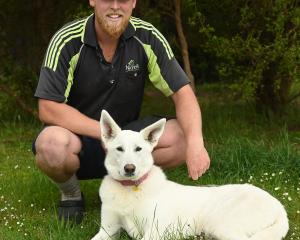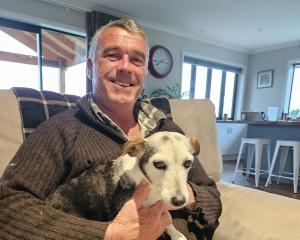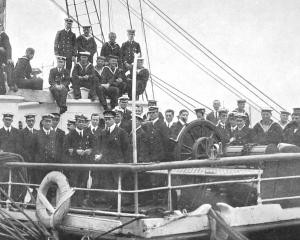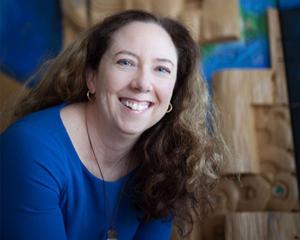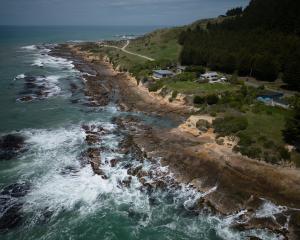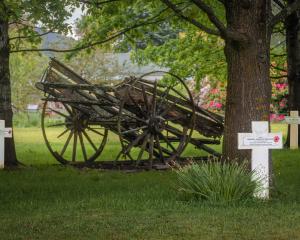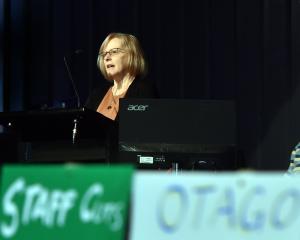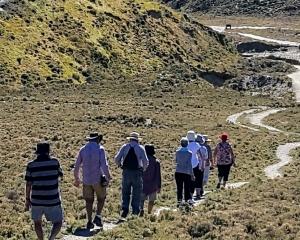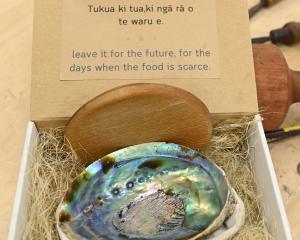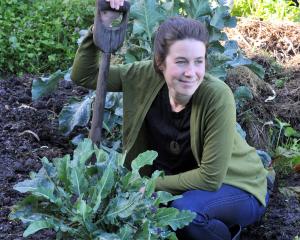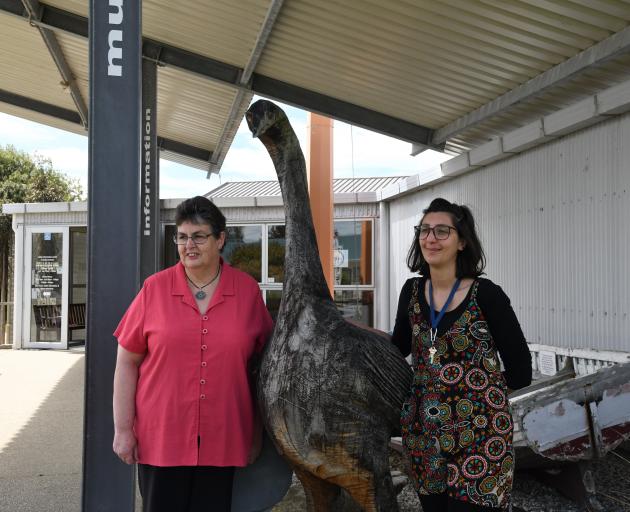
Owaka might be a small town, but almost 200 women from the area stood up and signed the 1893 suffrage petition that helped them get the vote.
The signatures are just one display in an Owaka Museum that tracks not only the physical history of the area - its logging industry, shipwrecks and rail lines - but also has a strong focus on social and family history.
Opened in 2007 - a joint project between the Catlins Historical Society and the Clutha District Council - the museum boasts a shop, community gallery, library and information centre.
Director Massi Urbano said the museum told the history of the northern Catlins area.
The main activity early on was sawmilling, and giant podocarp trees including rimu, totara, matai, kahikatea and miro were sawn up and shipped or railed out to provide building materials for Dunedin and Invercargill.
Many of the tools of the trade are displayed at the museum.
Another major feature of the coastal area was shipwrecks - 25 vessels were wrecked on the wild Catlins coastline.
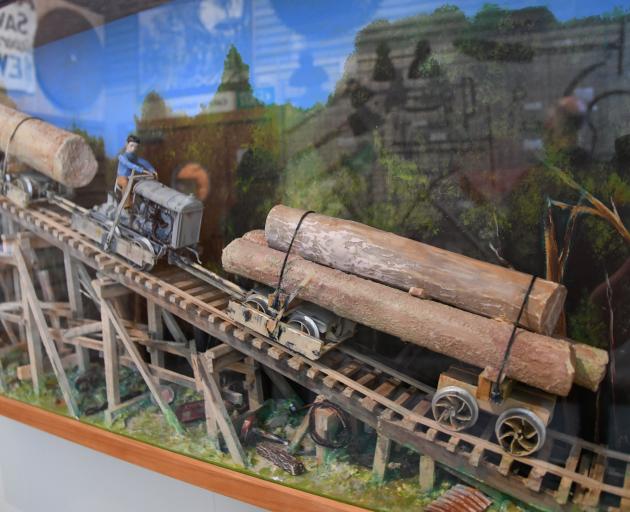
Another display features items from the area’s railway, which was built between 1879 and 1915 to transport logs and passengers, and connected the area to Dunedin.
The last trip on the line was in 1971.
The museum also records Maori history, and a "quite small" archaeological collection is on display.
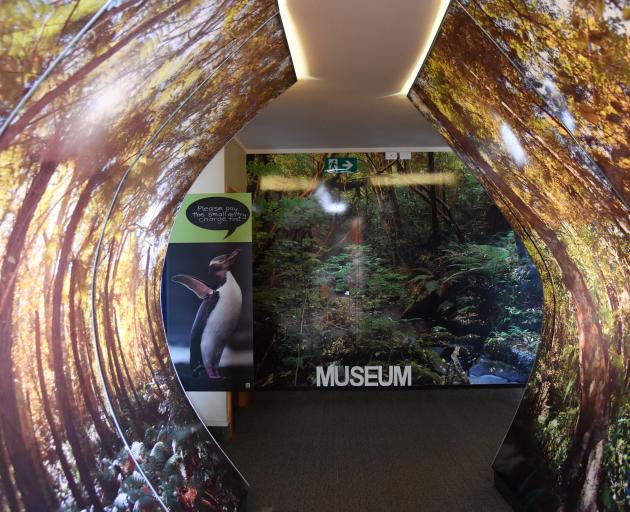
She said many of those who came to the museum had family connections in the area.
"We have quite a big genealogical collection of people who lived in the area."
That was an important aspect for locals.
"A lot of the history here is family history, so every person in the area has a connection with whoever you can see on the story boards.
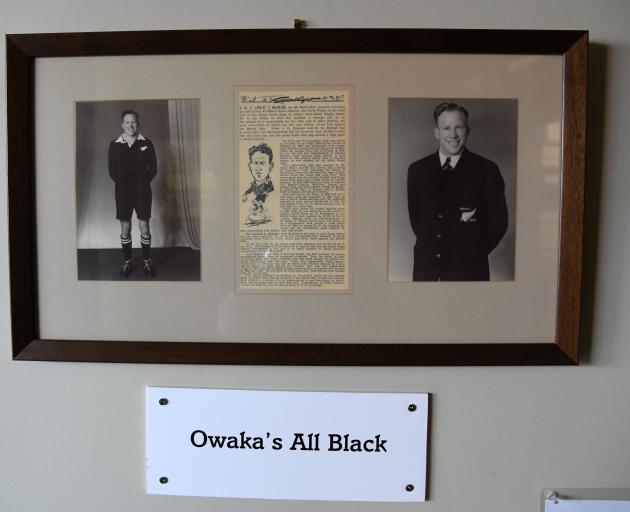
The museum had 30 volunteers, and a big community input.
"The community here is very resourceful, and very invested in this project.
"They put the displays up themselves, so they care about the museum quite a bit," she said.
Opening hours
Mon-Fri 9.30am to 4.30pm, Sat-Sun 10am to 4pm.
While you’re there
• Visit Surat Bay: Seals, sea lions and stunning scenery.
• Purakaunui Falls, one of Otago’s most-photographed sights, accessed by a track through mature beech forest, beech and podocarp.
• Jack’s Blowhole: spectacular spot where waves are compressed through a tunnel and explode out of the blowhole.

